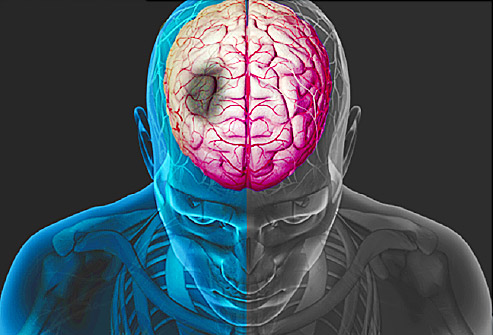
29 Apr Recent study finds that older men (mean age 76 years) are at a 1.8 fold increased risk of stroke due to overnight hypoxemia (, where SpO2 oximetry drops below 90%)
Journal of Thoracic Disease (2015) has estimated that 22% of men were found to have obstructive sleep apnoea (OSA); with prevalence increasing with age and obesity. One of the most often seen consequences of untreated OSA includes intermittent, significant (> 3%) desaturation of blood oxygen levels. This reduction in overnight oxygen levels has been linked to increased prevalence of stroke in older men, according to research published in the Journal Sleep.
In the study 2,872 males (ages over 65 years) living in a community setting, were studied using overnight polysomnography in both sleep clinics and in home sleep studies and were contacted and or surveyed every 4 months for 7 years, for potential incident of cardiovascular events. Of these 2872 men, 156 (5.4%) had one or more strokes within the follow up period. Adjusting the statistics for age, race, BMI, and smoking status, it was found that men with severe nocturnal hypoxemia (i.e. ≥ 10% of the night with SpO2 levels below 90%) (Independent of resting saturation levels) had a higher incidence rate of stroke. This resulted in an estimated 1.8 fold increase in stroke prevalence in men with severe nocturnal hypoxemia in comparison to those without (, relative hazard = 1.83; 95% confidence interval 1.12–2.98; P trend = 0.02). These figures were then analysed further, and men with a history of stroke were excluded, resulting in similar results. Other indices of sleep disordered breathing were not found to be associated with increased prevalence of stroke.
Nocturnal hypoxemia (independent of resting saturation levels and COPD) is associated incident stroke, and strongly predicts incident fatal stroke among older men. Hypoxemia during sleep may represent a more sensitive indicator for severity of SDB among older adults relative to the traditional count-based indices of SDB. Treatment of SDB in older men may prove effective in reducing the risk of stroke, and preventing unnecessary death from stroke.
Citation: Stone KL, Blackwell TL, Ancoli-Israel S, Barrett-Connor E, Bauer DC, Cauley JA, Ensrud KE, Hoffman AR, Mehra R, Stefanick ML, Varosy PD, Yaffe K, Redline S; Osteoporotic Fractures in Men Study Research Group. Sleep disordered breathing and risk of stroke in older community-dwelling men.SLEEP 2016;39(3):531–540.
http://www.journalsleep.org/ViewAbstract.aspx?pid=30479

